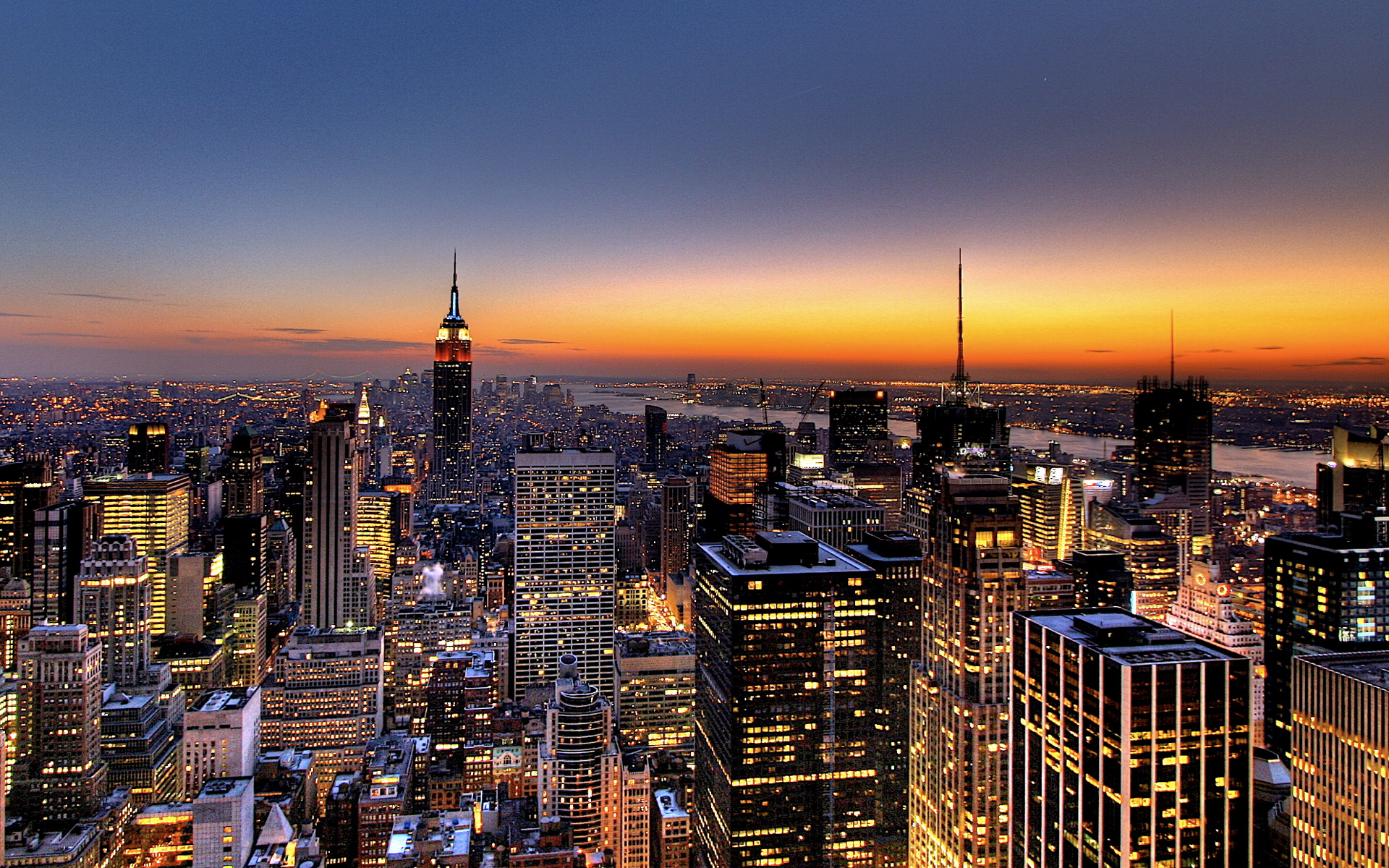The current calm in Bolivia is fragile
ON A RECENT afternoon, workmen were repairing the wall around the Senkata gas plant in El Alto, a working-class city in the mountains above La Paz, Bolivia’s administrative capital. Backers of Evo Morales, the left-wing president who quit on November 10th, had blocked lorries from leaving the plant and knocked down the wall. On November 19th soldiers opened fire, killing ten people. Fresh paint now covers much of the rebuilt wall, but one mural remains from the chaotic presidential campaign that preceded Mr Morales’s resignation: his face and the word estabilidad (stability) in big capital letters. Restoring that to Bolivia will involve much more than fixing the wall. “The country is coming out of shock,” says Milenka García, a vice-president of El Alto’s neighbourhood association (Fejuve) who represents District 8, an area of cinder-block homes and dusty streets that includes the gas plant.
The crisis began on October 20th, when Mr Morales, who became Bolivia’s first indigenous president in 2006, tried to rig his re-election, sparking protests across the country. He fled to Mexico after losing the support of the police and the army, saying he had been toppled in a coup. His supporters set fire to buses and the homes of politicians and journalists who had criticised him. Opposition protesters burned the...























